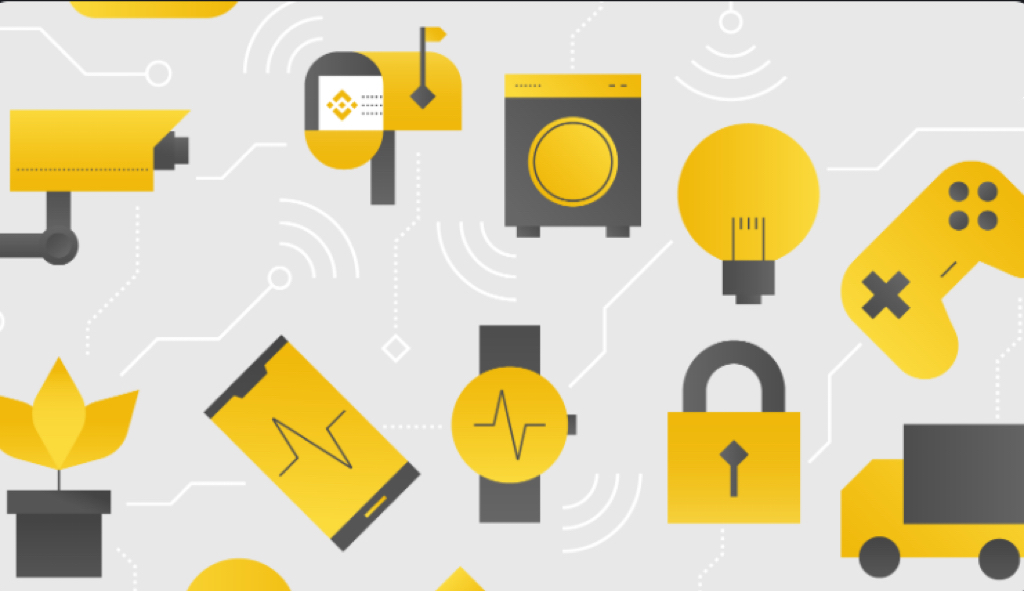
What is the Internet of Things?
Since the digital revolution in the 1950s, numerous groundbreaking technologies have emerged. Although only a small number of people used them in the early stages of development, the industry has grown very rapidly, and most new technologies have become increasingly popular and mainstream.
The integration of various types of innovative devices (such as RFID chips, sensors, and the internet) and the connectivity created by these devices ultimately gave rise to the concept of the Internet of Things (IoT). IoT technology marks a significant shift in the computer era, meaning that more than just computers are connected to the internet.
The History of IoT
The first application scenario of IoT was born at the Massachusetts Institute of Technology, where students used inexpensive sensors to monitor and restock their Coke machine. Around 1994, a journal article by Reza Raji proposed the idea of mobile data to automate homes and factories, leading to further progress in IoT.
Around the 1990s, Microsoft and several other companies also had similar ideas. Starting in 2002, many media outlets began discussing IoT breakthroughs—such as using smart devices to connect to monitoring information systems. Nevertheless, 2008 is considered by many to be the official birth year of the IoT industry, as the number of electronic devices connected to the internet surpassed the human population for the first time.
How Does IoT Work?
IoT technology is essentially the interconnection of multiple physical devices and objects, typically consisting of a network of sensors and non-computing devices that communicate with computers or internet-connected devices. These sensors may include thermostats, heart rate monitors, sprinklers, and home security systems. The innovation of IoT technology enables remote monitoring, control, automation, and status checks of various devices and sensors, which can be used in smart homes and self-driving cars.
IoT Applications for Individuals and Households
IoT technology can be deployed in many different ways for personal and household use. Common examples mainly include home automation, such as using several devices to monitor and control lights, air conditioners, heaters, and even security systems. These devices can also connect to other personal devices, such as smartwatches and smartphones, or to dedicated smart gateways that link different smart home products (e.g., smart TVs and refrigerators).
Smart homes can also provide assistive technology for special populations, significantly improving the quality of life for the elderly and people with disabilities—especially those with visual, hearing, or mobility impairments. This may include the use of real-time sensors that automatically alert family members when abnormal heart rates or falls are detected. Another interesting approach is the use of smart beds to detect occupancy, which has been tested in some hospitals to track when patients leave their beds.
IoT Applications in Business and Industry
Industrial use cases include using sensors to track environmental conditions such as temperature, humidity, air pressure, and quality. Farmers can also use IoT devices to monitor when their livestock runs out of water or food, and manufacturers can receive notifications when critical production materials are running low. When supplies fall below a certain threshold, they can even set up automated machines to order more products.
Limitations
IoT has introduced many interesting innovations and will undoubtedly continue to evolve. However, IoT also has certain limitations. One issue with using IoT systems in businesses and homes is the increasing need to monitor and connect devices (many of which may rely on internet connectivity). If not implemented properly, companies and homeowners may have to access several different applications to monitor their multiple devices. This makes IoT inefficient and less appealing to potential customers.
For this reason, companies like Apple and Lenovo have created applications that can control devices via voice commands in an iOS environment. Other IoT platforms have also developed gateways independent of the internet or WiFi, including Amazon's Echo and Samsung's SmartThings Hub. Thus, IoT works through devices connected to sensors, which can typically connect to the internet or another WiFi receiver, enabling centralized control, programming, and monitoring.
IoT Cryptocurrencies
Many IoT systems may rely on micro-financial transactions between digital objects, requiring IoT devices to support so-called M2M (machine-to-machine) connectivity—essentially monetary exchanges between non-human devices. In this context, the demand for IoT-compatible currencies is growing, and cryptocurrencies are certainly a viable alternative.
Initially, many believed blockchain itself would be the fundamental framework for the M2M economy, as it is suitable for micropayments and widely used in cryptocurrencies. However, many blockchain networks have limited performance in terms of transactions per second, meaning most proof-of-work and proof-of-stake blockchain projects currently face scalability limitations, making them unsuitable for large-scale M2M microtransactions. Nonetheless, many blockchain projects are working to address scalability issues, such as Bitcoin's Lightning Network and Ethereum's Plasma.
Conclusion
The Internet of Things (IoT) will gradually enable the automation, monitoring, and control of large-scale devices, inevitably improving our daily lives and enhancing efficiency across industries. Cryptocurrencies are highly likely to become part of the IoT revolution, serving as digital currencies for microtransactions and the M2M economy. Currently, there are limited cryptocurrency projects targeting the IoT industry, but as technology continues to evolve, we may see more such projects in the near future.
















